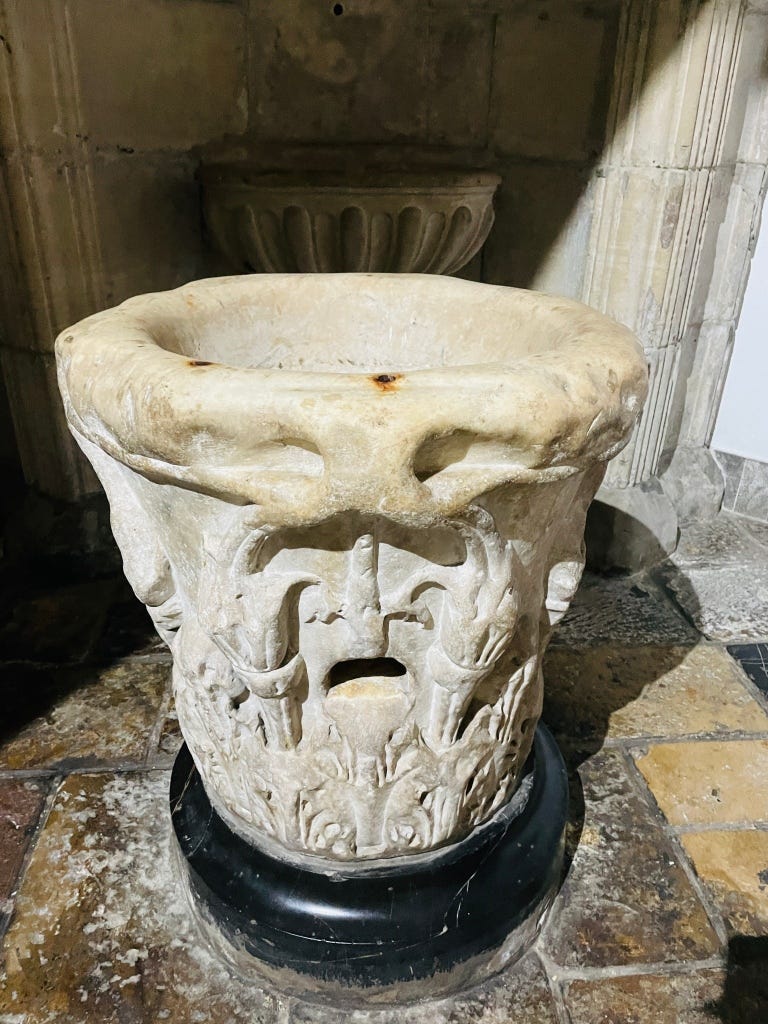Repurposing culture

There’s really only two ways to deal with waste, one is to destroy it, the other is to recycle it. Which means finding a way of putting it back in use. Which is another way of saying to repurpos…
Keep reading with a 7-day free trial
Subscribe to Biblonia to keep reading this post and get 7 days of free access to the full post archives.

